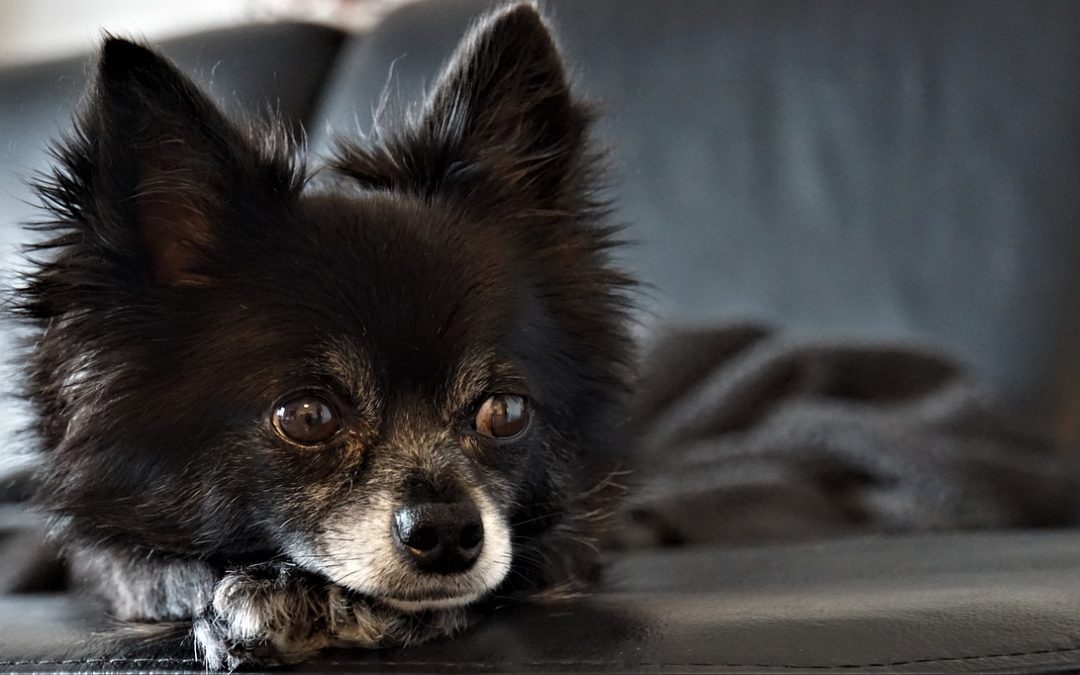Skin Lumps and Bumps on Pets: When You Should Worry
November is National Pet Cancer Awareness Month. Approximately 1 in 4 pets will develop cancer at some stage in their life, so it is essential to know how to spot potential warning signs. Our team wants to bring awareness to one of the most common cancer warning signs: lumps and bumps. While not all masses that pop up on your pet are cancerous, there are a few indicators that mean it is time to schedule an examination.
The lump is growing rapidly
Typically, benign masses grow relatively slowly compared to malignant lumps and bumps. If a lump seems to appear overnight and then explodes in size quickly, it may be cancerous and should be checked for signs of malignancy. Also, some masses may develop, stay stable for a while, and then start growing. If a previously examined lump on your pet suddenly increases in size, have it re-examined.
The lump causes your pet pain
Benign lumps, like lipomas and adenomas, generally do not cause discomfort unless they are in a spot that limits mobility. Problematic bumps, whether they are cancerous or not, are more likely to cause pain. An abscess is an example of a non-cancerous lump that requires veterinary attention. This pus-filled pocket must be drained, flushed, and treated to heal the infection. Some cancerous masses, like bony tumors, can be particularly painful for pets, causing lameness and discomfort when touched.
The lump is oozing or bleeding
Despite antimicrobial treatment, some cancer tumors can appear as non-healing sores or masses that ooze or bleed. Mast cell tumors, in particular, are a type of skin cancer that often bleeds if the lump becomes irritated.
The lump changes color
Occasionally, a cancerous lump can appear under your pet’s skin, then change color and take on a bruised appearance over time. If your pet’s lump was originally the same color as their skin and then changed to a color indicating bruising, inflammation, or tissue necrosis, it may mean the mass is cancerous.
If you notice an unusual lump or bump on your pet, or a sudden change occurs, contact our team for an appointment.

